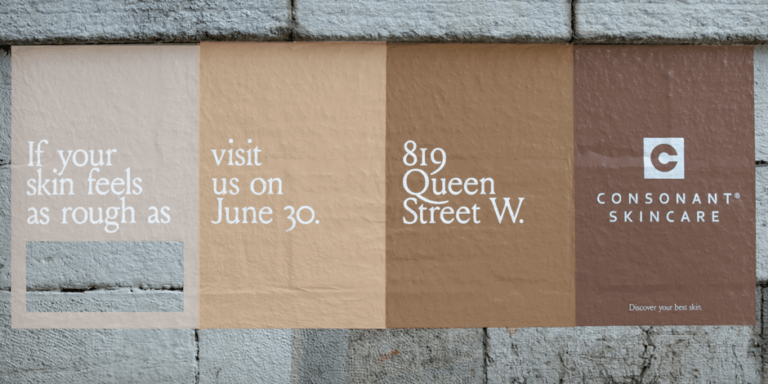
As we collectively sit and wait for the COVID-19 vaccination to arrive, we find ourselves completing our holiday shopping from the comfort of our couches or from our neighbourhood businesses. What’s extremely daunting to advertisers is how the brands that they promote will reach their audiences in a way that’s still effective and engaging. With traffic down everywhere and many regions with malls and businesses closed, it’s hard to justify placing large-scale Out-of-Home (OOH) advertisements in places like city centers, bus stops, and otherwise high-traffic areas. However, that doesn’t necessarily mean OOH advertising is doomed and shouldn’t be used. While lots of people have stopped commuting to work, taking public transit, or meeting in large groups, many are still leaving their homes to venture within their own neighborhoods. According to the Out-of-Home Advertising Association of America (OAAA), “this is a crucial time for brands to stay active in the public space.” One way to do this is by taking advantage of hyperlocal OOH advertising. It’s time to reach audiences on a more personal level while they’re going about their days, keeping a safe distance, and remaining in their local communities.
What is hyperlocal OOH advertising
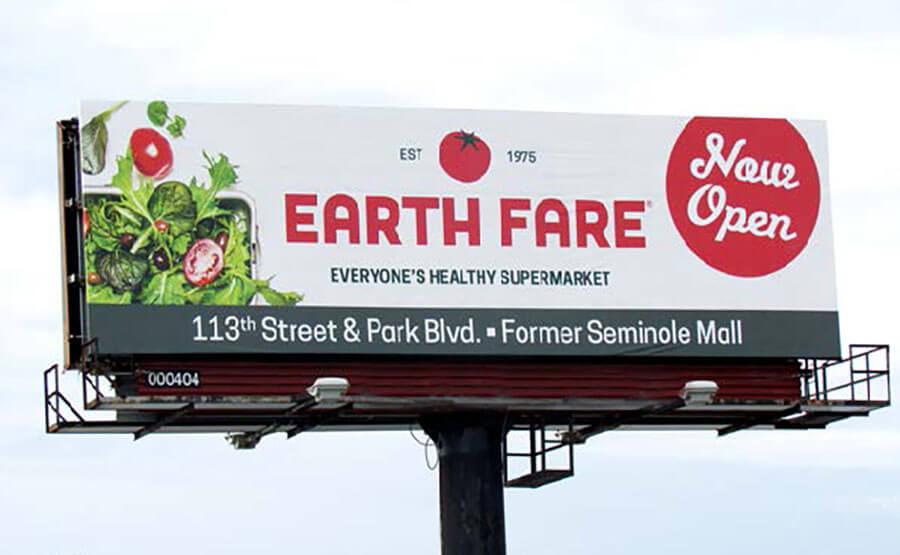
Hyperlocal advertising has the ability to reach a niche audience in a specific location such as a particular neighborhood, grocery store, or local park. With hyperlocal demographic information, advertisers have the ability to curate personalized advertisements based on the area they’re attempting to target. Claire Kimber, a group innovation director at Posterscope, stated that, “OOH is already more than simply a billboard, or a bus, or a roadside 6-sheet. That same sight can double up as a community noticeboard, a vital information communicator, or a helping hand when waiting in the supermarket queue.” OOH can have an immense impact on consumers on their path to purchase, which is one of the last moments to influence their decision. For example, Earth Fare created a large-scale billboard that included their address so that consumers would know where to find them on their weekly trip to the grocery store.
Benefits of hyperlocal advertising
There are considerable benefits to hyperlocal advertising especially now that people are keeping to very restricted localities. Let’s take a look at some of the most relevant ones during the pandemic.
The recency effect
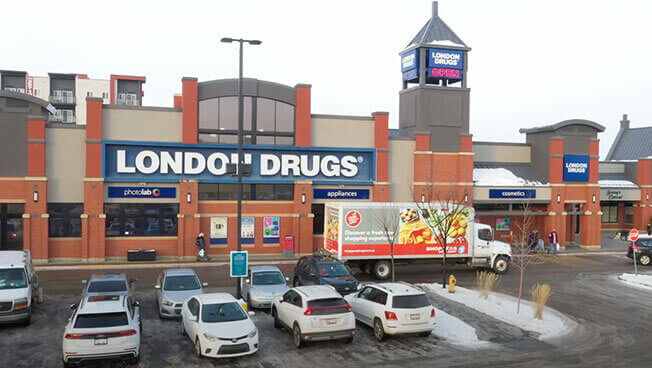
This has a large impact on consumers decision-making when they’re outside of their homes. The recency effect is the importance of reaching consumers at the time that they’re ready to buy things. This is something that OOH advertising is particularly good at according to Posterscope, “one store placed near an OOH panel generated a 10.9% sales uplift”. In particular, mobile advertising is extremely effective at motivating consumers to make a purchase upon seeing an ad. An ad campaign for Shoppers Drug Mart was recently run by Movia to get consumers excited about the company’s new fresh food sections. Movia, along with beacon technology, launched five trucks over five weeks that visited densely populated city centers, rural neighborhoods, and Shopper’s stores. Movia made sure to target consumers that were on their path-to-purchase and that the store they decided to shop at, was going to be Shopper’s.
Staying relevant with your repeat customers
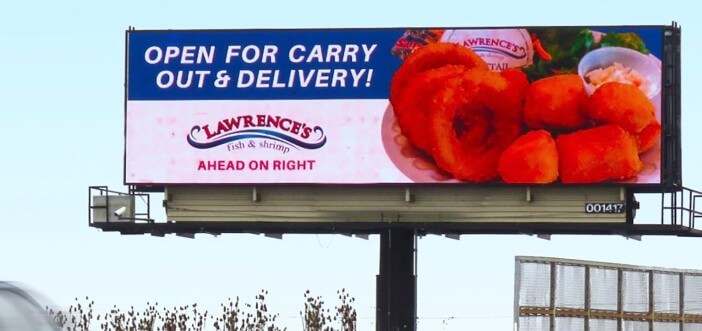
As we all weather this COVID-19 storm together, we like to feel as though we’re cared about by the brands we know and love. One way for advertisers to communicate with their loyal followers is through OOH advertisements that are reassuring. Signs that say things like, “We’re still here”, “We’re open for business”, “We offer contactless deliveries”, are all fantastic ways to connect with pre-existing consumers and also encourage them to make a purchase. In Minnesota for example, when the pandemic started to become a real concern for businesses, the local OOH manager immediately contacted restaurant clients and told them to change their copy to include their delivery options and to reassure customers that they were still open.
Opportunity in the work from home shift
Lots of people are no longer commuting to their jobs, they are instead working from home, even as government regulations shift. In fact, the whole attitude towards working remotely has shifted as people begin to realize that they are able to do their job from wherever they are, as long as they have a computer and decent internet connection. Since consumers are no longer commuting, their shopping patterns have drastically changed as well. The grocery store that they would usually go to on their way home from work, or the clothing store they used to visit on their lunch break, are no longer being visited. Instead, consumers are choosing to shop at stores that are more convenient for their work from home situation. This allows advertisers and brands the opportunity to target new consumers who are searching for new stores to frequent.
Pickier holiday shopping this season

In the same breath as targeting the new wave of work from home consumers, everyone’s also looking to shop differently this holiday season. More than ever, there’s been a push to support local businesses as the economy has taken a deep dive and businesses are going under left, right, and center. An American Express Canada online poll that was conducted in June said that 83% of participants agreed it was time to support the small business community, while 76% said they were determined to shop local more than in the past. Subsequently, consumers are looking to advertisements, whether they be OOH, digital, or mobile, to help them decide on where to shop. This gives OOH advertisers a huge opportunity to target consumers, despite the pandemic keeping everyone inside.
Digital OOH efforts
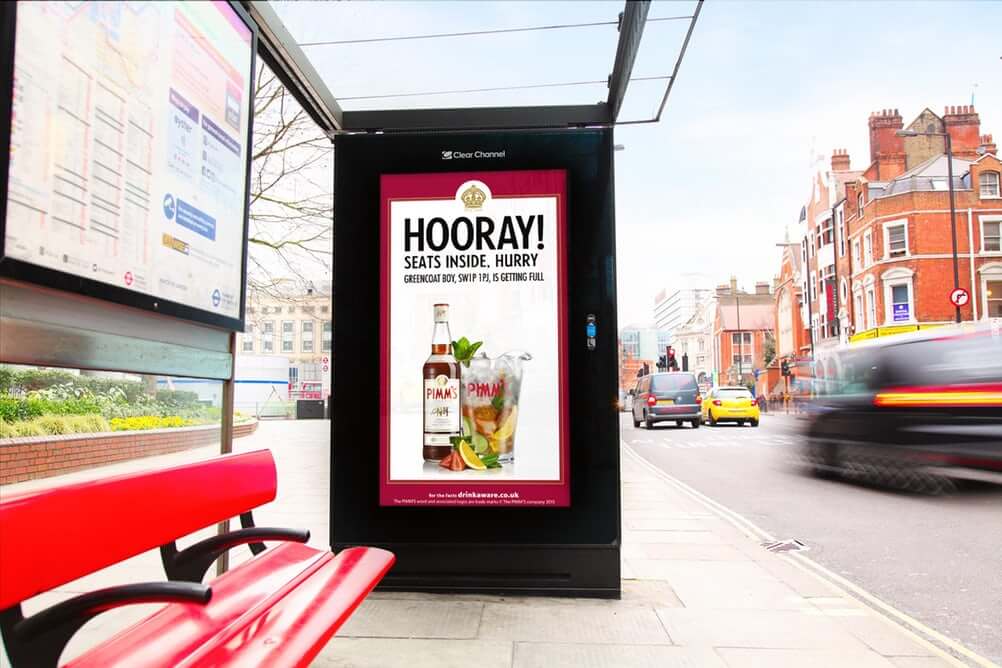
Now that Digital Out-of-Home (DOOH) advertising is so user-friendly and cost effective, it’s no longer a hassle to create smaller-scale, more hyperlocal OOH campaigns. We now have access to extremely specific, geographically friendly information such as local events, local traffic, local weather, and more. This can be a great way to connect with a community or neighborhood. A good example of this put to use is Diageo, a British alcohol beverage company that recently partnered with London pubs to promote their new Pimm’s brand. Locally targeted billboards were implemented so that when the weather outside reached 16 degrees (which apparently is the perfect temperature to have a beer) Diageo’s beacon technology would direct consumers to a nearby bar to enjoy a beer. It doesn’t get more targeted than that.
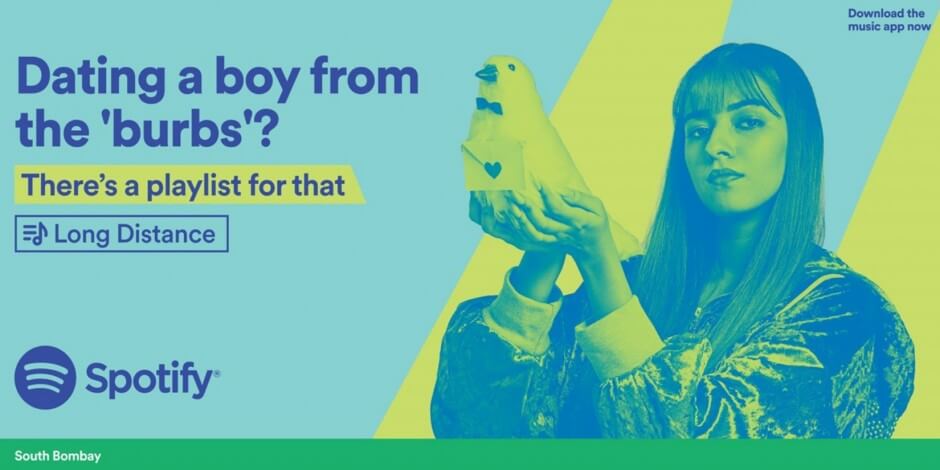
Another great example of DOOH being used to target localized areas, was created by Spotify back in 2019. Before the campaign even launched, Spotify created an online film that showcased India’s diverse music culture that helped get people excited about the campaign. Spotify then launched the inevitable OOH campaign called, “There’s A Playlist For That”, that was geo-targeted based on differing neighborhoods, cities, traffic intersections, and more. The campaign used one-liners that were localized and personalized to each specific area – for example, the ad for south Mumbai read, “dating a boy from the ‘burbs’? There’s a playlist for that”. Overall, the campaign was well-received across the entire continent and beyond, demonstrating the capabilities that hyperlocal advertising has, not only on those directly engaging with it.
Pairing hyperlocal OOH ads with digital
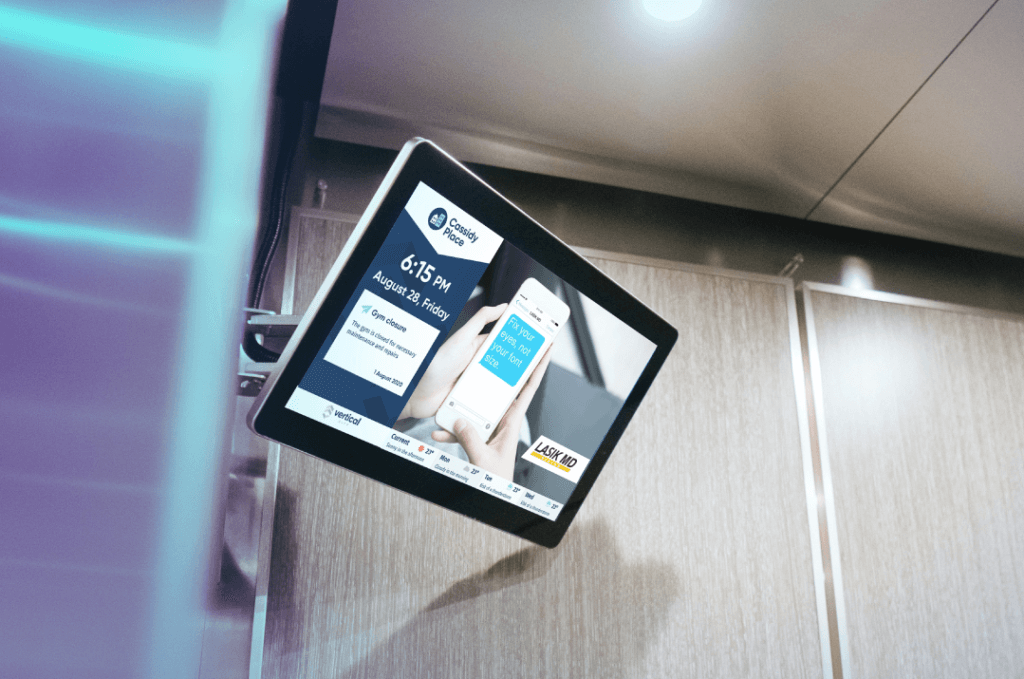
In one of our recent blog posts, we talked about the importance of geofencing with OOH advertising. This kind of advertising is especially effective for hyperlocal campaigns. Now that people are staying within tighter boundaries, geofencing a specific location can reach more consumers at a more frequent rate. For example, back in October, Lasik MD’s marketing team created a DOOH campaign that targeted laser eye surgery candidates. The team adapted OOH ad tech that could tell whether or not the passersby was wearing glasses and updated the messaging to target them depending on the type of eyewear they were wearing. The results were unbelievable. The DOOH ad delivered 11 million impressions, which increased engagement by 17% among the targeted glasses-wearing passersby. The installed technology also recognized age and gender, which would allow Lasik to understand and analyze their demographic much better.
Final thoughts
The way forward in this extremely unpredictable world is hyperlocal advertising and the best way to connect with people right now is by taking advantage of OOH. It’s more important than ever for companies to stay connected to their consumers, even if it’s in the smallest of ways. Whether it be a, “Come in, we’re open,” billboard outside of your local business, or a DOOH ad that provides you with that perfect playlist, these are the type of ads that people are welcoming with open arms. For the foreseeable future, neighbourhoods are where people are going to be staying, so use this to your advantage when considering your next marketing campaign.


